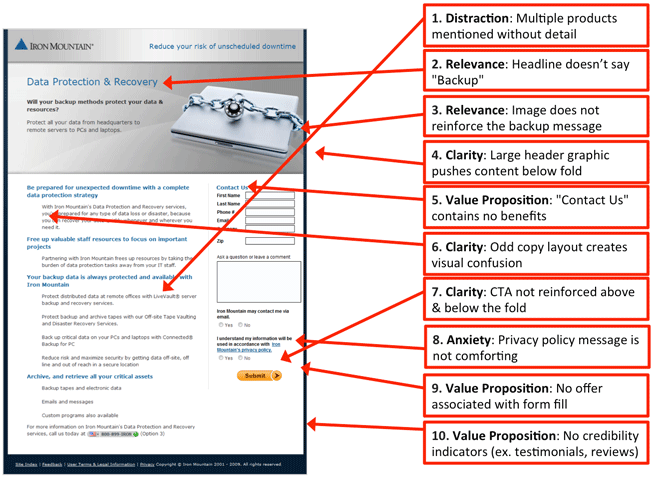Craps Strategy Come Bet
A New Strategy for Craps Fans: What the Computer Says by Alan Krigman In Martingale systems, players raise their bets after every loss, hoping for a win to boost them over the top. The usual approach is to double-up on even-money wagers, so each 'series' nets one unit profit. Say I wanted to make a come bet, and the point had been set to 5. I would put my come bet down in the come section and wait for the next roll. If a 7 or 11 is hit you win (while the shooter looses), and you lose on a craps shot (2, 3 or 12). If it's any one of the other numbers, this becomes your 'come point'. If your 'come point' is rolled.
- Craps Strategy Come Better
- Craps Strategy Come Betting
- Craps Strategy Come Bet Every Roll
- Craps Strategy Come Bet
Strategy #24

The Krigman Come Martingale
used with permission
A New Strategy for Craps Fans: What the Computer Says by Alan Krigman
In Martingale systems, players raise their bets after every loss, hoping for a win to boost them over the top. The usual approach is to double-up on even-money wagers, so each 'series' nets one unit profit. This standard progression and its myriad variations are enticing and sources of perennial debate amongst gamblers.
Martingale betting yields a good shot at a modest gain, offset by a small chance of a big loss. Averaged over many players, losses outpace wins by the aggregate forecast from edge and gross wager.

In a recent column about craps, I discussed pros and cons of successive Come bets without odds as alternatives to Placing multiple numbers for comparable totals at risk. This triggered my thinking about a Martingale-like twist on Come betting. Namely, begin at some base on Pass or Come. Then, on subsequent throws, match the Come bet to what's already been 'moved' onto the boxes.
Here's the idea. Start with $5 on Pass. Say the shooter throws a nine; the $5 goes to that point. The total on the boxes is $5, so the first Come bet is $5. If the shooter then rolls a four, the $5 moves there. The next Come bet is $10, this being the new total on the boxes. Maybe the third roll is a six, getting $20 in action on the boxes and requiring $20 for the Come. On the fourth roll, pretend the shooter repeats the four. This pays even money, bringing down the $5 and replacing it with $20 from the Come. Now there's $35 on the boxes, making this the fifth Come bet.

Craps Strategy Come Better
Players collect when numbers repeat. Sevens push by taking the boxes but paying the Come. There's a win on an 11 but twos, threes, and 12s are losses -- equal to the current Come bet in either case. Overall, when boxes covered by large bets repeat, profits escalate while money in the Come grows slowly or stays constant; conversely for repetitions on boxes with small bets.
I wrote a computer simulation program to test the strategy. This is far safer than trying a complicated new scheme in a casino with real money. It also permits studying millions of throws and developing dependable statistics, not relying on intuition or the anecdotal and often misleading evidence of a few sessions.

The computer ran two million separate 'hands' from come-out through seven-out, for a $5 base bet. No bounds were placed on wins or losses; 'seven out, line away, take the Comes' was the only exit criterion. However, bets were capped at $1,000 and $2,500 in two independent simulations, reflecting typical casino rules. Limits influenced results by reducing the average wager, and making the Come bet less than the total in the boxes so sevens were losses rather than pushes, under some conditions.
Craps Strategy Come Betting
As anticipated when the house has an edge, the simulated solid citizens sustained a setback, on the whole. This averaged almost $12 per hand at $1,000 maximum and over $20 at $2,500. Chances of wins or losses per hand are given in the accompanying list. Tendencies differ markedly from the normal Martingale paradigm. Many hands will break even. On the minus side, lots of players can expect small hits -- under $25, but relatively few major injuries. On the plus side, nominal profits should be relatively rare but a significant fraction of bettors ought to clean up.
Probability of Various Wins and Losses with Proposed Strategy for Come Bet Progression
Craps Strategy Come Bet Every Roll
Result | Probability ( $1,000 max) | Probability ($2,500 max) |
| lose over $250 | 6.5% | 5.8% |
| lose $100 to $250 | 1.7% | 1.5% |
| lose $50 to $99 | 1.5% | 1.4% |
| lose $25 to $49 | 1.8% | 1.8% |
| lose under $25 | 12.5% | 12.5% |
| break even | 26.3% | 26.3% |
| win under $25 | 1.8% | 2.1% |
| win $25 to $49 | 0.3% | 0.4% |
| win $50 to $99 | 0.5% | 0.6% |
| win $100 to $250 | 2.4% | 2.8% |
| win over $250 | 44.6% | 44.8% |
Craps Strategy Come Bet

Should you try it? Do the amounts and probabilities in the table look appealing? Will you hold back on big come bets dictated by hot rolls, knowing that a two, three, or 12 could hurt you badly? As always, it's your call.
If you'd like to see a graphic illustration of the table above, click here